Strange Occurrences on the Toilet : Diary of a Photographer Page Four
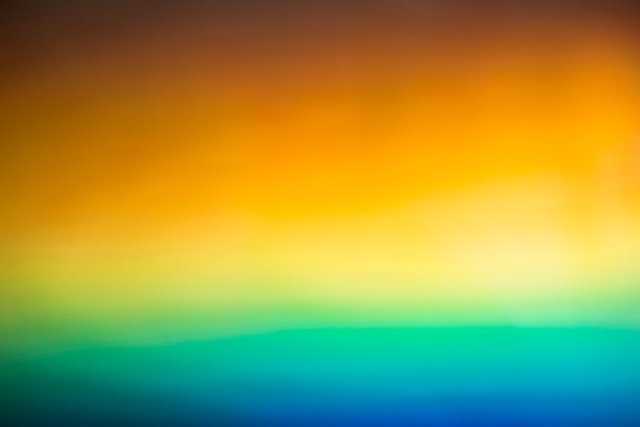
I have been spending a good deal of time here looking at photography and I see many people asking for advice on how to become a better photographer. I can offer a few recommendations based on my practice.
Start by learning the history of your chosen medium. If you really want to be a part of the conversation of photography, as a practitioner of the art, then you must separate yourself from the millions of people who inundate us with instantly forgettable images daily. No thought, no effort ......no explanation. Just a lot of crappy images that add nothing to the conversation except white (or brown in this case) noise.
Study the work of Historical and Contemporary Masters
You should look at the work of historical and contemporary masters. Emulate them, study their work in great detail, read their writings; talk to them! You will be amazed at how willing even the most famous of artists are to help. Seek them out and ask them questions. And if you want to work in some other field in the photographic realm, commercial photography for instance, become an assistant to a professional working in that area. You don't need formal education, but you do need to do your homework! There's millions of people instantly publishing photos with their cell phones everyday. Photography has become ubiquitous. Set yourself apart from the rest of the pack.
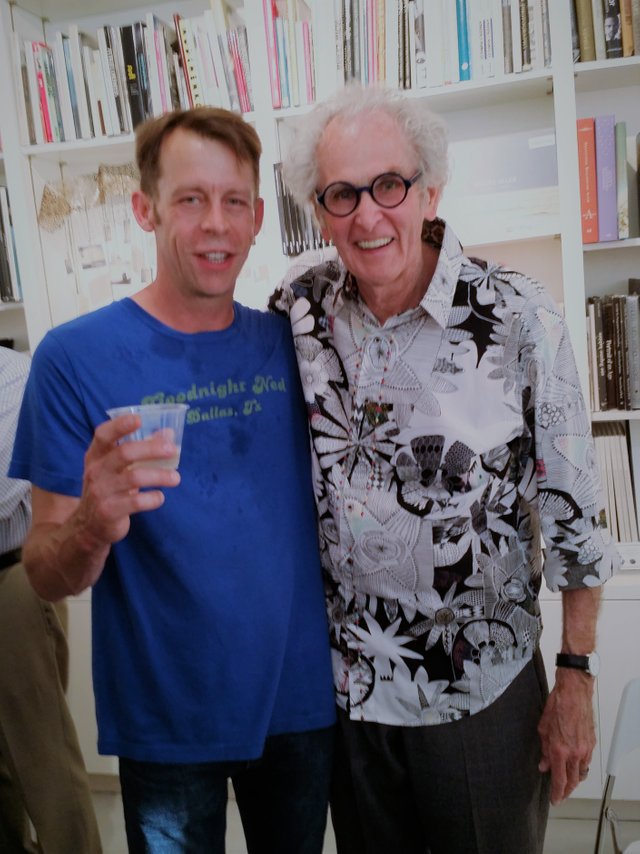
Photography Must Be Intentional
I'll share some of what I learned from Jerry and other artists in future videos from my darkroom, I'm still working on the setup. Getting back on topic, seek these artists out whenever you can. And of course, you need to make images; lots and lots of images. Not only do you need to make them, you need to think about and understand why you are making them. What are you exploring? What are you trying to get across to the viewer? Is the work successful? Why or why not? Refine your approach. Get feedback. Don't just throw some shit up and hope something sticks. One of your main goals should be to study your successes, and of equal importance your mistakes, and learn from them. Be objective with your work, don't let #fear or #ego cloud your judgement.
How does your work fit into the larger photographic conversation? Who are some artists making similar imagery and what do they have to say? Reach out to them if they are living, read their writing or even reach out to relatives if they are not. Go listen to photographers speak whenever you can, regardless of what you think of their work. Keep pushing; a style, your style, emerges. You have pushed to the next level. If you are learning an instrument you don't just start playing random notes in hopes of accidentally learning a scale. Your progress is focused; intentional. Photography must also be intentional.
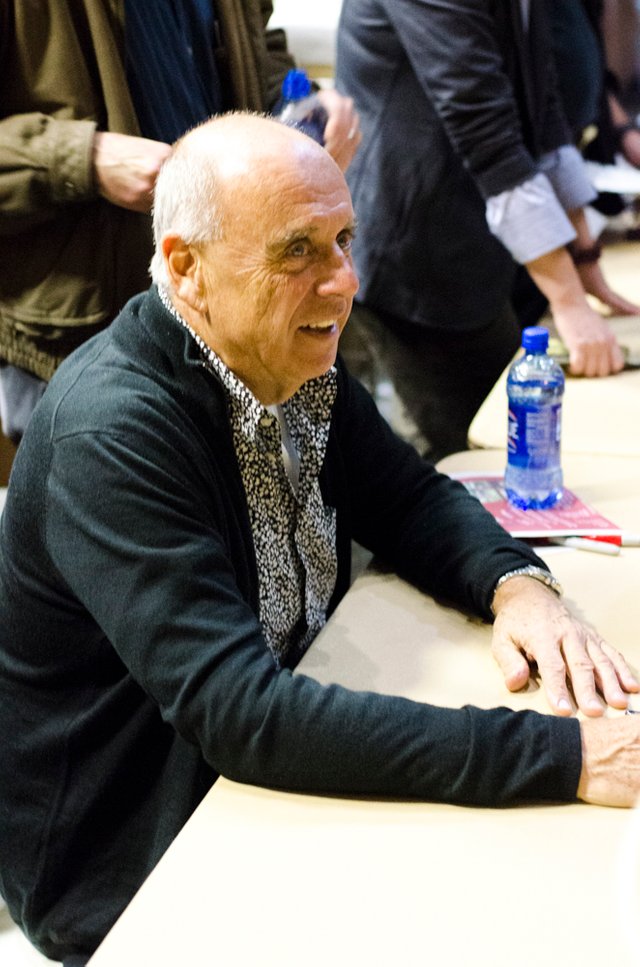
Learn to filter the brown noise and focus with great intensity on what you are doing and why you are doing it. Learn how your work fits into the bigger picture. Get involved in the photographic community, especially in the real world. Push yourself to try new things; chemical processes, historical processes, different techniques for making images, filtration, push the experimentation! Study history, study images, talk to artists and read! Study what you have done. Can you repeat it?
I hope you found that motivating! Now let's talk about this weeks image and how it came about.
For me, one of the most fascinating aspects of studying photography/photographic history is looking at its (often troubled) relationship with painting. Before photography, many painters earned a living by doing commissioned portrait work. Photography quickly usurped this role when it burst onto the world scene in the late 1830's. Progress was rapid: Daguerreotypes, wet plate, tin type, film, color, DSLR's .... our phones! We have indeed come a long way since Joseph Niepce's first photograph, the first photograph, made in 1826.
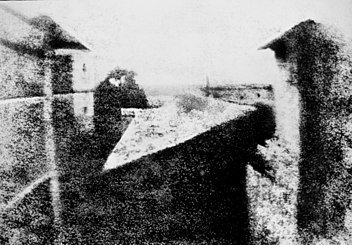
Today we perhaps take photography for granted. However, the announcement of the Dauguerrotype sent shockwaves through the entire world. The idea of being able to make an image with little to no artistic skill was revolutionary. With painting stripped (or freed one might argue) of its role as the primary source of representational imagery, painters were indeed free to seek new avenues of creativity. And of course in short order we saw a quick succession of movements that strayed further and further away from representation. Impressionism, Cubism, Abstract Expressionism and so on. Would any of this have happened if not for photography?
Portraiture was of course the initial driving force in the development of early photographic technology. Sitting for a portrait could be an uncomfortable affair. Sitters had to remain posed for several minutes at a time, resulting in stiff and unnatural looking images that were often slightly blurred. Faster lenses, better emulsions, more light and evolving methods of development pushed the technology from its earliest stages. And throughout those years, the conversation between painting and photography continued.
There is a lot of material covering this topic, the relationship between painting and photography. It was a major focus of interest when I was studying photography in college. I was also very interested in Postmodernism. Not from the point of view of a #socialengineering #eugenicist who is looking to destroy the notion of beauty or real artistic practice ....or any of that stuff. I already knew about these things well before I entered academia. I was more interested in the fact that photography itself began moving further and further away from strict representation, just as painting had.
A few contemporary artists dealing with painting and photography
Photographers and painters were increasingly blurring the boundaries between the two forms. Many painters in fact used photography to create their works. Consider the work, for example, of Gerhard Richter, John Baldessari Interview ....and one of my favorite contemporary artists dealing with this topic, Marilyn Minter. Just look at those paintings and compare them to her photography. WOW! I had the opportunity to see her work in person at the #CAMH in Houston and it was amazing. If you ever get the chance, I highly recommend you check it out. Baldessari is my favorite philosopher artist though. I love reading anything I can find from or about him. One of my favorite #Baldessari quotes on photography:
I was using photography almost exclusively in my work. But it wasn’t photography that I was interested in, but what art might be, and how photography could give me a quick way to implement my ideas.
And as Cartier-Bresson famously said:
Thinking should be done before and after, not during photographing. Success depends on the extent of one's general culture. One's set of values, one's clarity of mind, one's vivacity. The thing to be feared most is the artificially contrived, the contrary to life.
What the hell does any of this have to do with toilets?
What does all of this have to do with this week's image? Or toilets, you ask? Allow me to explain. I moved to Houston in 2013 to attend graduate school. A year of that time was spent living in an urban housing co-op. The house was an old three story Victorian style mansion built in the 1920's. There were fourteen to sixteen people living there at a given time. It could get a little crazy as you might imagine. On the second floor there was a bathroom with an east facing window. Every morning the sunrise shone directly through this window. There was a medicine cabinet with an old hand beveled mirror, and the bevel would refract the sunlight and cast a beautiful spectrum onto the white tile wall. I would sit on the toilet every morning and watch as the colors shifted and dance on the wall. It covered the area of a postage stamp. It was my morning sanctuary from the chaos of the house.
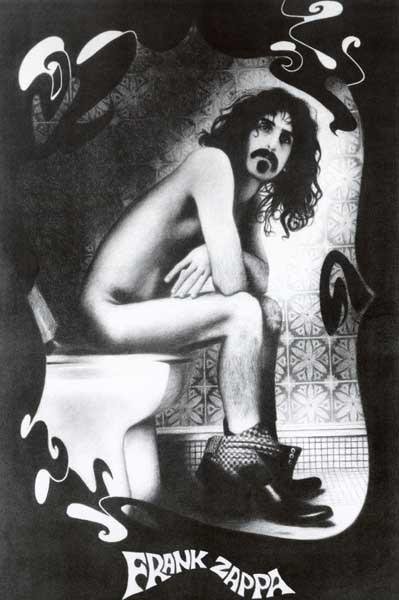
The image was made with a Canon 6D using a canon 50 MM macro lens. The technical details are not really that important. I used a tripod and a fifteen second exposure to get the creamy gradient of light as the spectrum danced for the camera. What is important is how my knowledge of photographic history, and art history in general figured into how I decided to present the work. I actually spent a good deal of time sitting on that toilet and watching the spectrum after I had satisfied myself that I had made enough images and explored what was there fully. The inkjet prints I had been making, large or small, didn't seem to be capturing the real essence of what I was seeing on that wall. Displayed on a monitor the image seemed to pulse and glow like a Mark Rothko painting. It looked like a painting. My print had to look like that. I decided to try a gallery wrap on inkjet canvas.
As artists we are problem solvers, not excuse makers.
My first attempts at printing on canvas also failed to capture that pulsing energy in the way I had hoped. There wasn't enough vibrance, the gradient wasn't clean in the transitions and I was generally unhappy with the results. I wanted to use this work in my MFA Thesis and related show which was now only two months away. I was in luck however. We had a visiting artist, Bill Armstrong, coming to speak about his show at the Houston Center for Photography. His work was also dealing with large color fields that had subtle gradient changes. His prints popped off of the wall in a way mine did not. I had to know the secret!
I approached him after his talk and described my issue to him. He asked me if I was printing with photo black or matte ink; I had been using photo black. This was the issue! He explained to me that the Dmax range for matte ink in combination with the canvas I was using was going to give me the pop I was looking for due to the deeper blacks. Dmax refers to the deepest black tone a printer can produce. He also warned me that the matte ink was very delicate when applied to canvas and had to be protected with a clear coat that could be bought through Epson. He further cautioned that the spray would dry down and cause the print to darken. I made adjustments according to his advice and finally made a print I was happy with. It is a 40" x 60" inch image. I made several other color field prints and had them done in time for the show. Not only that, but my photography was included in the section with the paintings. I consider this one of my major triumphs! Take that, painters! I never would have achieved this had I not spoken with Bill. Thanks Bill! Do I re-enforce some of the main points of the post here? I think so! As artists, we are problem solvers, not excuse makers.

It is about acquiring knowledge and acting on it in order to develop as an artist. It really is that simple.
I see a lot of Steemians in the photo feeds asking for advice on how to become a better photographer. I will do my best to oblige as we go on. You don't need a college degree. You need passion and a curiosity for learning. Do you want to be an amazing street photographer? Get out there and start making images. Study the masters and read their writings. Look at contemporary work and ask questions of the artists. Emulate them, directly! The same is true for any style of photography you wish to learn. I think next weeks entry will deal with some emulation work I did while studying the photography of Edward Weston and how it taught me to see photographically.
Some interesting reads. Ignore the propaganda of Benjamin, I am not a Marxist!
Walter Benjamin: The Work of Art in the Age of Mechanical Reproduction
Roland Barthes: The Photographic Message
Deadcountry's Pop Up Art Shop is active for this post

I am a photographic educator and my goal is to bring you insight to my process in hopes of helping you along in your photographic journey. I earned my MFA in Photography from the University of Houston in 2015.
@curie
@arcange
@fyrst-witness
@krnel
@coff33a (@derangedvisions)
@yehey
Excellent story to read during my morning coffee.
Oh one of my upvoting service (@pinoy) recognized your work. Cheers.
Thank you for support as always.
@yehey Thank you! I'm glad you enjoyed the post.
Cheers to you. Glad to know.
Thank you very much.
Congratulations! Your post has been selected as a daily Steemit truffle! It is listed on rank 25 of all contributions awarded today. You can find the TOP DAILY TRUFFLE PICKS HERE.
I upvoted your contribution because to my mind your post is at least 5 SBD worth and should receive 170 votes. It's now up to the lovely Steemit community to make this come true.
I am
TrufflePig, an Artificial Intelligence Bot that helps minnows and content curators using Machine Learning. If you are curious how I select content, you can find an explanation here!Have a nice day and sincerely yours,

TrufflePigThank you @trufflepig. You are an amazing, and excellent bot.